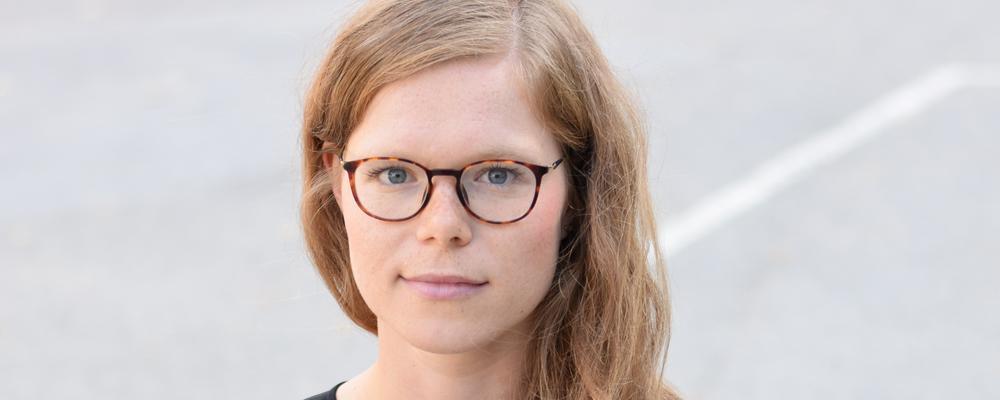Interview with PhD student Birte Bruchmüller
In her work, Birte explores five internationally-based Nordic symbolists and their visual art from the turn of the 20th century.

In her work, Birte explores five internationally-based Nordic symbolists and their visual art from the turn of the 20th century.
By studying the Swedish graphic artist Tyra Kleen (1874-1951), the Swedish painter Olof Sager-Nelson (1868-1896) as well as the Finnish painters Magnus Enckell (1870-1925), Beda Stjernschantz (1867-1910) and Ellen Thesleff (1869-1954), I deal with a quite unexplored international stance of Nordic symbolism (as an important parallel to a Nordic national art culture).
Within the heterogeneous production of these artists, timeless and quite ‘placeless’ tropes appeared that even go beyond gender. I focus on the visual exploration of the concept of androgyny and alternatives to gender binary models in their art. I examine how cultural dimensions of androgyny and an androgynous beauty ideal might be expressed in the selected artworks and how this relates to contemporary intellectual, cultural, artistic, scientific and religious discourses.
- It is often about reading, writing, rewriting and of course meeting and discussing work-related and non-work-related things with my co-workers. Either in a research seminar, in a meeting or a more informal format, for instance, while eating lunch together.
- Generally speaking, as a PhD candidate, I mostly work independently with my dissertation. I often have longer periods without many booked meetings etc.
To decide on my own how to structure my workdays and where and when I want to work is very advantageous, but it also requires discipline and a good ability of long-time planning
At the beginning of my PhD program, I got to know that the private artist archive of the only artist I wanted to write my dissertation about, wasn’t accessible for me. I am surprised over how my attitude towards that external factor, that I couldn’t affect, changed. Back then, I was disappointed that an external factor made it impossible for me to realize my first project idea. Now, I am grateful for this obstacle because I even found a more interesting and relevant research angle.
The way a project idea evolves is often dependent on coincidences and external factors. To on and on again revise a project is just the normal way it goes. This becomes maybe even more obvious in Covid-19-times.